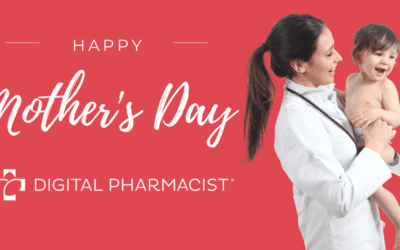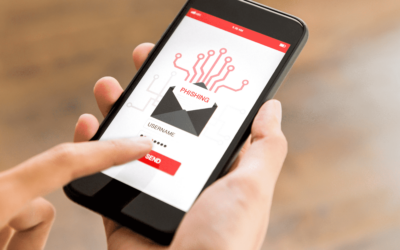The healthcare industry spends an average of nearly $40 billion a year on regulatory compliance, according to the American Hospital Association (AHA).
Compliance is a crucial component of any successful pharmacy, regardless of size, location, or specialty.
Because regulations vary across the country, no pharmacy can survive without a customized plan that protects patients and helps providers avoid liability. Failure to meet compliance standards can mean being removed from health plans and networks, facing fines and other legal consequences, or even endangering patients.
5 Ways to Maintain Pharmacy Compliance
Your pharmacy must stay compliant so you can continue to serve patients and provide crucial care. Creating a compliance plan and sharing it with your staff should be a top priority.
Here are 5 ways to help your pharmacy remain compliant today.
1. Keep Your Paperwork in Order
Documentation is a core component of pharmacy compliance and an inability to produce records to confirm compliance can have serious consequences.
Here are a few examples of operational systems and situations every pharmacy should keep records of:
- Prescription medication orders placed and shipments received
- Drug tracing in the case of suspicious medications
- Inventory management
- Any electronic or digital prescription orders as well as mail, phone, and in-person requests
- Transfer and disposal of medications
- Pharmaceutical care and pharmacy-patient communication
- Any compliance policies, procedures, and protocols
Your staff will need to be trained to document day-to-day transactions and interactions. Sufficient documentation can also improve problem resolution and customer service, so you can provide better care.
2. Watch Those Regulations
Whether you offer retail, compounding, or specialty services, every pharmacy has to adhere to certain compliance regulations. State and federal regulations can vary and are often in flux, so checking for updates is important.
Look for ways to receive alerts of upcoming changes and develop a network of sources you can turn to for advice on adoption and implementation, such as the Health Care Compliance Association (HCCA).
Keep an eye on updates from the United States Pharmacopeial Convention (USP), the DEA, and the FDA as well.
3. Train Your Staff
Your pharmacy needs its staff on board in order to stay compliant. Without proper up-to-date training, they may not know which regulations to follow or how to document their work. Make sure they are aware of all your pharmacy’s compliance tasks and processes and keep compliance and policy materials accessible so they can easily reference them.
Training your staff to prioritize compliance can also help you improve quality assurance (QA) at your pharmacy so you can avoid difficulties when faced with audits or inspections. Develop a program for QA with a set procedure for checks, how they are run, and who runs them.
4. Schedule It In
Timing is crucial when it comes to compliance and you don’t want to be caught off guard. Developing a schedule and checklist for yourself can help you keep track of compliance procedures, training, regulation changes, and upcoming deadlines. It can also help you prepare more effectively for audits and inspections, even unexpected ones.
Create a schedule of daily, weekly, monthly, quarterly, or annual compliance to-dos that need to be checked off and automate reminders so you don’t have to worry about forgetting.
Also, consider keeping an audit checklist handy so your staff knows exactly what to do in the case of a site visit. You don’t have to create one from scratch, there are plenty of audit checklists and templates available online to get you started, like this one from SafetyCulture.
5. Create a Shared Resource
Whether you have a single location or a multi-state pharmacy chain, you should have a solution for storing and sharing important compliance documents. Use a secure, centralized location that staff can access from within the pharmacy. A cloud-based, file-sharing database or shared drive will help keep you efficient and keep communication open between your staff in different departments.
Include resources like:
- Contact information for regulatory bodies
- Updated information on state and federal regulations
- Guidelines for documenting pharmaceutical care and patient interactions
- Audit and other compliance checklists
- Compliance calendar, schedule, or to-do list
- Pharmacy staff training materials and compliance policies
Stay Compliant With Digital Tools
At Digital Pharmacist, we’re committed to supporting the growth of pharmacy businesses. Our all-in-one digital engagement suite offers HIPAA-compliant solutions to improve pharmacy-patient communication, promote adherence, and help you operate efficiently.
To learn more, get in touch today or request your free software demo.


